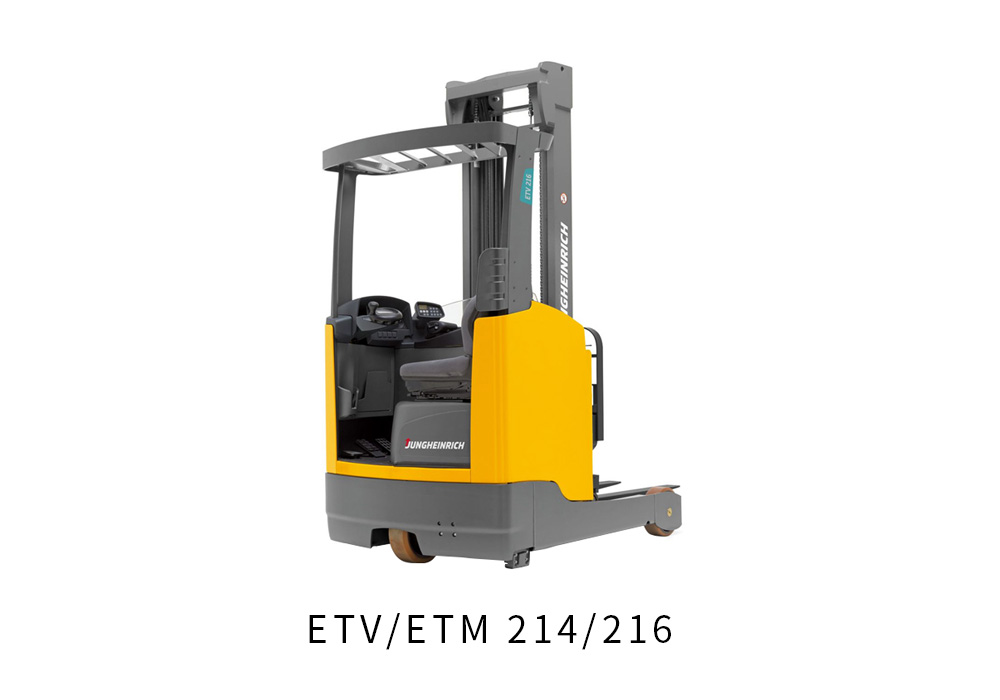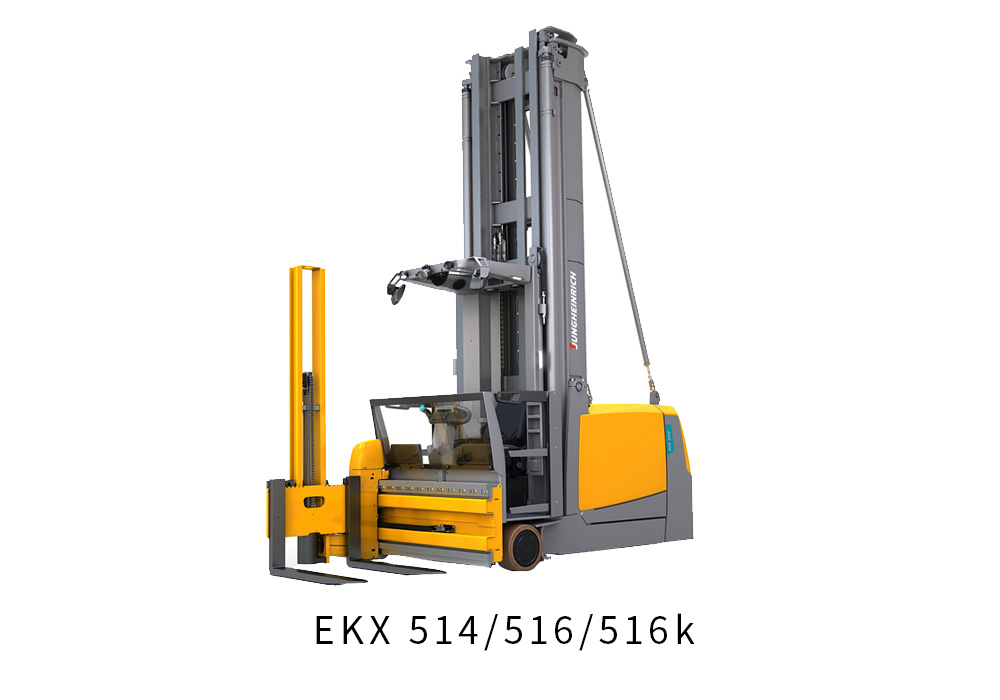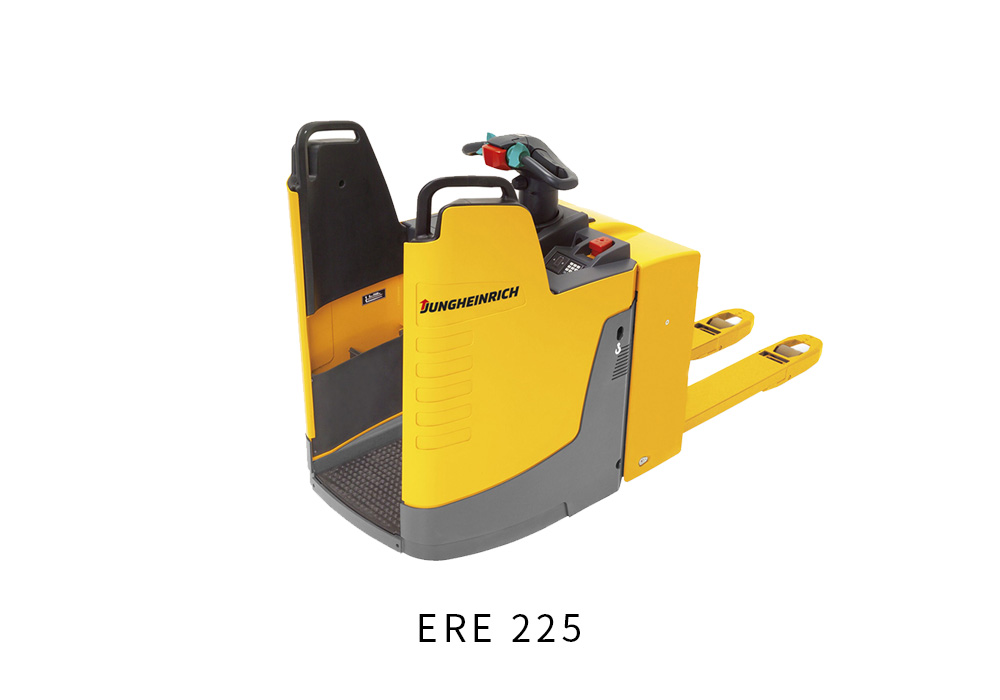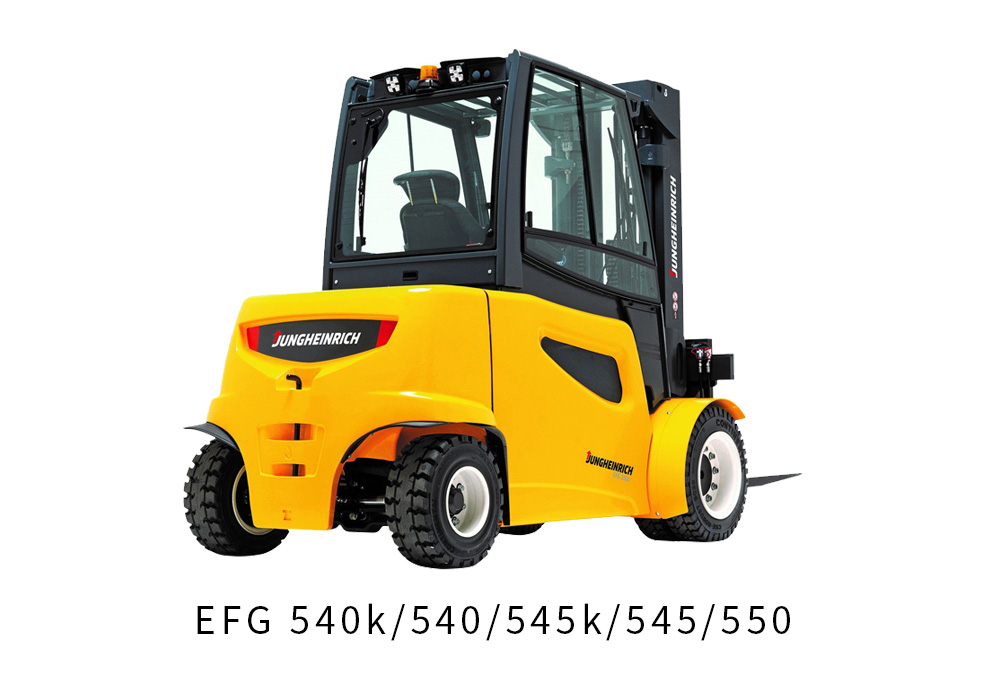
You Are Here:Home > Information Dynamics
> Industry dynamics
News navigation
Recommended News
Recommended Products
What are the applications of balanced weight forklifts in the warehousing industry
source:m.886300.cn | Release time:2025-06-05
Balanced forklift is one of the most common handling equipment in the warehousing industry, widely used in various warehousing scenarios due to its stable structure, strong load-bearing capacity, and flexible operation. The following are its core application scenarios and characteristics:
1、 Loading, unloading, and handling of goods
1. Platform loading and unloading operations
Application scenario: The loading and unloading platform at the entrance and exit of the warehouse is the core node for the entry and exit of goods. Balanced forklifts can quickly unload (or load) goods from the truck compartment, and pick up pallet goods (such as standard pallet sizes of 1200mm × 1000mm) through fork forks. The single handling weight can reach 1-5 tons (or even higher).
Advantages:
The standard gantry can achieve a lifting height of 3-4 meters, meeting the height requirements of most truck compartments;
The rear wheel steering design is flexible and suitable for turning or aligning carriages in narrow platform spaces.
2. Horizontal handling inside the warehouse
Application scenario: Inside the warehouse, it is used to transport goods from the receiving area to the storage area, picking area, or shipping area. For example:
In the raw material warehouse, heavy goods such as steel and building materials are transported from the unloading point to the shelf storage location;
In the e-commerce warehouse, transport the entire pallet of goods from the temporary storage area to the sorting line.
Key parameters: The driving speed can reach 5-10km/h, coupled with a hydraulic system to achieve rapid lifting and tilting, improving handling efficiency.
2、 Shelf storage and picking
1. Tray rack storage
Application scenario: In traditional pallet rack warehouses, balanced weight forklifts can directly store goods on the shelves (lifting height can reach 6-8 meters, requiring a high-level gantry). For example:
In the food and beverage warehouse, store the entire tray of beverage boxes on a 3-meter-high shelf;
In manufacturing warehouses, component pallets are placed on high shelves.
Operation points: The shelves need to be aligned by reversing, and the door frame's forward/backward tilt function should be used to stabilize the loading and unloading of goods, avoiding collisions with the shelves.
2. Low level picking assistance
Application scenario: For low position shelves (height<2 meters) that require manual picking, a balanced forklift can be used as a mobile platform to carry operators or picking tools (such as picking baskets) and shuttle between shelves to complete disassembly and picking.
Extension function: Some forklifts can be equipped with side shifters or rotating forks to improve picking flexibility in narrow lanes.
3、 Heavy goods
1. Handling of overweight goods
Application scenarios: Warehousing involves heavy equipment, industrial molds, large packaging boxes, etc. (with a single weight greater than 3 tons), which cannot be met by ordinary manual handling equipment. Balance weight forklifts (especially those with a weight of 5 tons or more) can directly lift or cooperate with lifting equipment (such as lifting arms and clamps) to complete the handling.
Typical industries: Mechanical manufacturing warehouses, large cargo storage areas in logistics centers, and container unpacking operations at ports.
2. Transportation of large-sized goods
Application scenario: Long sized goods such as wood, pipes, and metal profiles are difficult to carry on ordinary pallets. Balance weight forklifts can use fork extensions or specialized fixtures (such as paper roll clamps and log clamps) to secure the goods and achieve stable handling.
Structural advantage: The tail balance weight design offsets the forward weight of the goods, avoiding forklift overturning, and is suitable for handling goods with a length exceeding 3 meters.
4、 Special storage environment application
1. Outdoor outdoor work
Application scenario: In open-air warehouses and storage yards (such as steel markets and building materials warehouses), balanced weight forklifts can operate on non hardened road surfaces (soil, sand, and gravel). Diesel/liquefied petroleum gas (LPG) powered vehicles have stronger off-road performance and are suitable for harsh weather conditions such as rainy days and low temperatures.
Protective configuration: Some models are equipped with fully enclosed cabins, wipers, air conditioning, etc., to enhance the comfort of operators.
2. Explosion proof environment operation
Special scenario: In warehouses storing flammable and explosive materials (such as chemical raw material warehouses and hazardous chemical warehouses), explosion-proof balanced weight forklifts are required. This type of forklift meets explosion-proof standards such as ATEX and IECEx through circuit explosion-proof treatment and anti-static tire design.
1、 Loading, unloading, and handling of goods
1. Platform loading and unloading operations
Application scenario: The loading and unloading platform at the entrance and exit of the warehouse is the core node for the entry and exit of goods. Balanced forklifts can quickly unload (or load) goods from the truck compartment, and pick up pallet goods (such as standard pallet sizes of 1200mm × 1000mm) through fork forks. The single handling weight can reach 1-5 tons (or even higher).
Advantages:
The standard gantry can achieve a lifting height of 3-4 meters, meeting the height requirements of most truck compartments;
The rear wheel steering design is flexible and suitable for turning or aligning carriages in narrow platform spaces.
2. Horizontal handling inside the warehouse
Application scenario: Inside the warehouse, it is used to transport goods from the receiving area to the storage area, picking area, or shipping area. For example:
In the raw material warehouse, heavy goods such as steel and building materials are transported from the unloading point to the shelf storage location;
In the e-commerce warehouse, transport the entire pallet of goods from the temporary storage area to the sorting line.
Key parameters: The driving speed can reach 5-10km/h, coupled with a hydraulic system to achieve rapid lifting and tilting, improving handling efficiency.
2、 Shelf storage and picking
1. Tray rack storage
Application scenario: In traditional pallet rack warehouses, balanced weight forklifts can directly store goods on the shelves (lifting height can reach 6-8 meters, requiring a high-level gantry). For example:
In the food and beverage warehouse, store the entire tray of beverage boxes on a 3-meter-high shelf;
In manufacturing warehouses, component pallets are placed on high shelves.
Operation points: The shelves need to be aligned by reversing, and the door frame's forward/backward tilt function should be used to stabilize the loading and unloading of goods, avoiding collisions with the shelves.
2. Low level picking assistance
Application scenario: For low position shelves (height<2 meters) that require manual picking, a balanced forklift can be used as a mobile platform to carry operators or picking tools (such as picking baskets) and shuttle between shelves to complete disassembly and picking.
Extension function: Some forklifts can be equipped with side shifters or rotating forks to improve picking flexibility in narrow lanes.
3、 Heavy goods
1. Handling of overweight goods
Application scenarios: Warehousing involves heavy equipment, industrial molds, large packaging boxes, etc. (with a single weight greater than 3 tons), which cannot be met by ordinary manual handling equipment. Balance weight forklifts (especially those with a weight of 5 tons or more) can directly lift or cooperate with lifting equipment (such as lifting arms and clamps) to complete the handling.
Typical industries: Mechanical manufacturing warehouses, large cargo storage areas in logistics centers, and container unpacking operations at ports.
2. Transportation of large-sized goods
Application scenario: Long sized goods such as wood, pipes, and metal profiles are difficult to carry on ordinary pallets. Balance weight forklifts can use fork extensions or specialized fixtures (such as paper roll clamps and log clamps) to secure the goods and achieve stable handling.
Structural advantage: The tail balance weight design offsets the forward weight of the goods, avoiding forklift overturning, and is suitable for handling goods with a length exceeding 3 meters.
4、 Special storage environment application
1. Outdoor outdoor work
Application scenario: In open-air warehouses and storage yards (such as steel markets and building materials warehouses), balanced weight forklifts can operate on non hardened road surfaces (soil, sand, and gravel). Diesel/liquefied petroleum gas (LPG) powered vehicles have stronger off-road performance and are suitable for harsh weather conditions such as rainy days and low temperatures.
Protective configuration: Some models are equipped with fully enclosed cabins, wipers, air conditioning, etc., to enhance the comfort of operators.
2. Explosion proof environment operation
Special scenario: In warehouses storing flammable and explosive materials (such as chemical raw material warehouses and hazardous chemical warehouses), explosion-proof balanced weight forklifts are required. This type of forklift meets explosion-proof standards such as ATEX and IECEx through circuit explosion-proof treatment and anti-static tire design.
Previous:
period
Next:
What are the characteristics of heavy-duty crossb…
【Related Products】
Shanghai Shriku Group Co., Ltd
Address: No. 888 Dongda Road, Pudong New Area, Shanghai
Shanghai Xiaofeng Supply Chain Management Co., Ltd
Address: 22nd Floor, Building B, Greenland Jiezuo, Kunshan City (100 meters south of Greenland Avenue)
Jiangsu Baojuying Plastic Industry Technology Co., Ltd
Address: No. 1188 Xinzhou Road, Wujiang District, Suzhou City
Contact phone number: 13918185781
-

Follow WeChat

 WeChat:
WeChat:











 home
home
 WeChat
WeChat
 telephone
telephone